 In a step toward molecular storage systems that could hold vast amounts of data in tiny spaces, researchers have shown it's possible to store image files in solutions of common biological small molecules.
In a step toward molecular storage systems that could hold vast amounts of data in tiny spaces, researchers have shown it's possible to store image files in solutions of common biological small molecules.
Wednesday, July 3, 2019
Molecular thumb drives: Researchers store digital images in metabolite molecules
 In a step toward molecular storage systems that could hold vast amounts of data in tiny spaces, researchers have shown it's possible to store image files in solutions of common biological small molecules.
In a step toward molecular storage systems that could hold vast amounts of data in tiny spaces, researchers have shown it's possible to store image files in solutions of common biological small molecules.
Black (nano)gold to combat climate change
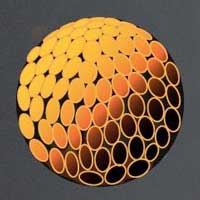 Researchers have transformed golden gold to black gold by simply changing the size and gaps between gold nanoparticles. This black gold acts like an artificial tree and uses CO2, sunlight and water to produce fuel.
Researchers have transformed golden gold to black gold by simply changing the size and gaps between gold nanoparticles. This black gold acts like an artificial tree and uses CO2, sunlight and water to produce fuel.
'Tsunami' on a silicon chip: a world first for light waves
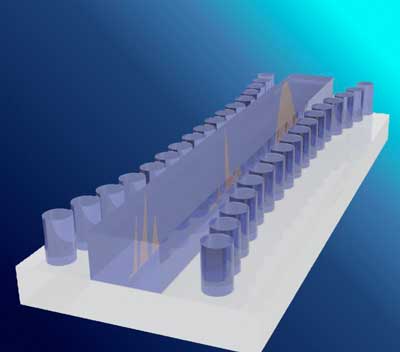 Researchers have for the first time manipulated a light wave, or photonic information, on a silicon chip that retains its overall 'shape'. This foundational work is important because most communications infrastructure still relies on silicon-based devices for propagation and reception of information. Manipulating solitons on-chip could potentially allow for the speed up of photonic communications devices and infrastructure.
Researchers have for the first time manipulated a light wave, or photonic information, on a silicon chip that retains its overall 'shape'. This foundational work is important because most communications infrastructure still relies on silicon-based devices for propagation and reception of information. Manipulating solitons on-chip could potentially allow for the speed up of photonic communications devices and infrastructure.
Spontaneous synchronisation achieved at the nanoscale
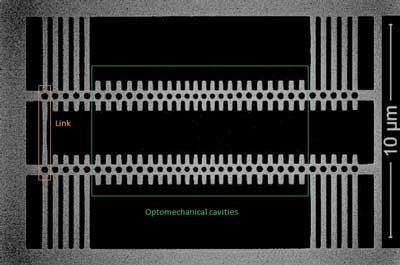 Scientists have synchronized for the first time a couple of optomechanical oscillators. This work sets a solid basis for producing reconfigurable networks of such oscillators, with potential applications in neuromorphic computing.
Scientists have synchronized for the first time a couple of optomechanical oscillators. This work sets a solid basis for producing reconfigurable networks of such oscillators, with potential applications in neuromorphic computing.
Nanoporous material nets contaminant from water
 Barely visible material that looks like tiny grains of sand may hold the key to removing an invisible health threat that has contaminated water supplies.
Barely visible material that looks like tiny grains of sand may hold the key to removing an invisible health threat that has contaminated water supplies.
Modelling leads to the optimum size for platinum fuel cell nanocatalysts
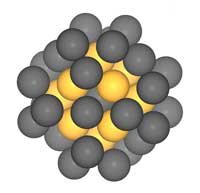 New size-optimized platinum nanocatalysts are twice as good as the best process commercially available today.
New size-optimized platinum nanocatalysts are twice as good as the best process commercially available today.
Ultra-small nanoprobes could be a leap forward in high-resolution human-machine interfaces
 Researchers have conquered the monumental task of manufacturing scalable nanoprobe arrays small enough to record the inner workings of human cardiac cells and primary neurons.
Researchers have conquered the monumental task of manufacturing scalable nanoprobe arrays small enough to record the inner workings of human cardiac cells and primary neurons.
Graphenes now go monolayer and single crystalline
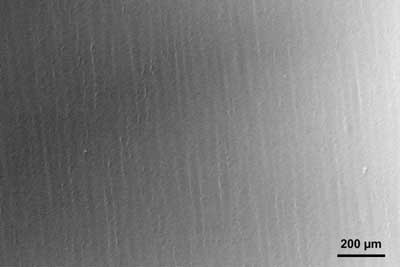 Researchers have reported a truly single layer (i.e., adlayer-free) large area graphene film on large area copper foils. They refined the chemical vapor deposition (CVD) growth method by eliminating all carbon impurities inside the copper foils on which graphene is grown.
Researchers have reported a truly single layer (i.e., adlayer-free) large area graphene film on large area copper foils. They refined the chemical vapor deposition (CVD) growth method by eliminating all carbon impurities inside the copper foils on which graphene is grown.
Subscribe to:
Posts (Atom)
